Easy Ways to Fix SSD Not Showing Up in Windows 10
Is your SSD not showing up in Windows File Explorer or Disk Management? This tutorial describes four cases of Windows 10 not detecting a new (old) SSD, and you can try to fix the issue accordingly. Download Deep Data Recovery when it's necessary to recover data from an inaccessible/formatted Solid State Drive.
Relax if your SSD disk is not showing up on your computer. There are four common cases, check and follow the corresponding solution to get rid of this issue now.
| Workable Solutions | Step-by-step Troubleshooting |
|---|---|
| Case 1. Drive Letter Missing | Open Disk Management > Right-click SSD...Full steps |
| Case 2. SSD Not Initialized | Open Disk Management > Right-click SSD...Full steps |
| Case 3. Unsupported File System | SSD becomes RAW, Run Deep data recovery...Full steps |
| Case 4. SSD Driver Issue | Open Device Manager > Go to Disk drives...Full steps |
SSD not showing up in My Computer
"I recently installed a Samsung SSD on my Windows 10 computer, but I find it not showing up under My Computer where the other hard drive is present. Is there any way to display the SSD?"
New SSD not showing up in Disk Management
"I got a new M.2 SSD from Intel. When I connected it to my PC, it does not show up in the File Explorer nor Disk Management. I don't know where goes wrong. Please help."
The above users' stories are telling the same thing that happens to a Solid State Drive (SSD), which does not show up as other connected hard drives. In Windows 10, as well as earlier Windows operating systems, an external storage device not detected issue would throw people into unpleasant situations. They can't add files and content to the SSD, nor can they access the existing data on it. Therefore, the biggest concern is how to fix the 'SSD not showing up' problem quickly and easily.
Next, we list four cases of SSD not showing up in Windows 10, and you can try to fix the issue accordingly. Download Deep Data Recovery when it's necessary to recover files from an inaccessible/formatted Solid State Drive.
Important
Solutions from Case 1 to Case 3 are based on the prerequisite for the SSD is not showing up in File Explorer but you can find it in the Windows Disk Management. And the Windows Disk Management solutions can be replaced by third-party free partition manager software as well, like Qiling Partition Master, including change drive letter and paths, initialize hard drive and format a hard drive partition. The advantage of using third-party software over Disk Management is the ease of use.
Case 1. SSD not showing up because the drive letter is missing or conflicting
Sometimes your SSD not showing up is because the drive letter of the SSD is missing or conflicting with another disk, Windows OS is unable to recognize it. You can solve this problem by assigning the SSD a new drive letter in Windows Disk Management manually.
To assign the SSD a new drive letter, follow the steps:
Step 1: Right-click on "This PC", select "Manage". Under the Storage section, click "Disk Management".
Step 2: Right-click on the SSD partition and select "Change Drive Letter and Paths...".
Step 3: Among Add, Change, and Remove, click the "Change" button, and then select a drive letter from the list. Click "OK" to confirm.
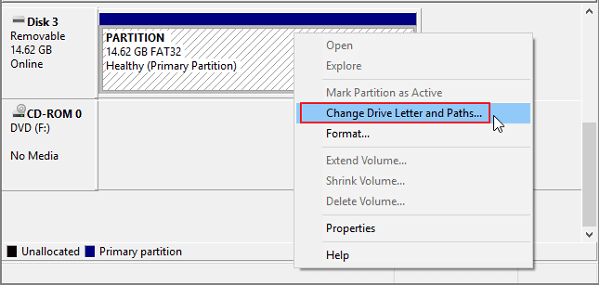
Case 2. SSD not showing up because it is not initialized
If you get a new SSD and it won't show up in Windows Explorer, it's likely in the "uninitialized" state. You must initialize a disk before Logical Disk Manager can access it.
Also, for an old SSD that shows the error 'disk unknown not initialized', the result is the same. In these two situations, to fix the problem, you can try to connect the SSD to another working computer to check if it reports the same error. Otherwise, you need to initialize the SSD in Windows 10.

To initialize an SSD, follow the steps:
Step 1: Open Disk Management on your computer.
Step 2: Find and right-click the SSD you want to initialize, and then click "Initialize Disk".
Step 3: In the Initialize Disk dialog box, select the disk(s) to initialize. You can select whether to use the master boot record (MBR) or GUID partition table (GPT) partition style.
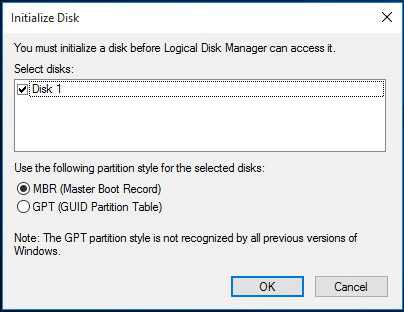
Case 3. SSD not showing up because the file system is not supported
If the above two methods do not work in your case, we need to think further. One presumption is that the file system has corrupted or Windows does not support the current file system.
As investigated, the relevant file system issues are mainly displayed as 'RAW', 'Free space', or 'Unallocated space'. To fix the file system issue, reformatting the disk would be enough.
Warning
As Disk formatting will completely erase data on it. If you didn't create a data backup before, download Deep Data Recovery to recover data from formatted SSD.
Step 1. Download and Install for Deep Data Recovery Software
Click the download button to get this Software installation package and install it on your computer. Run it and click "Next".
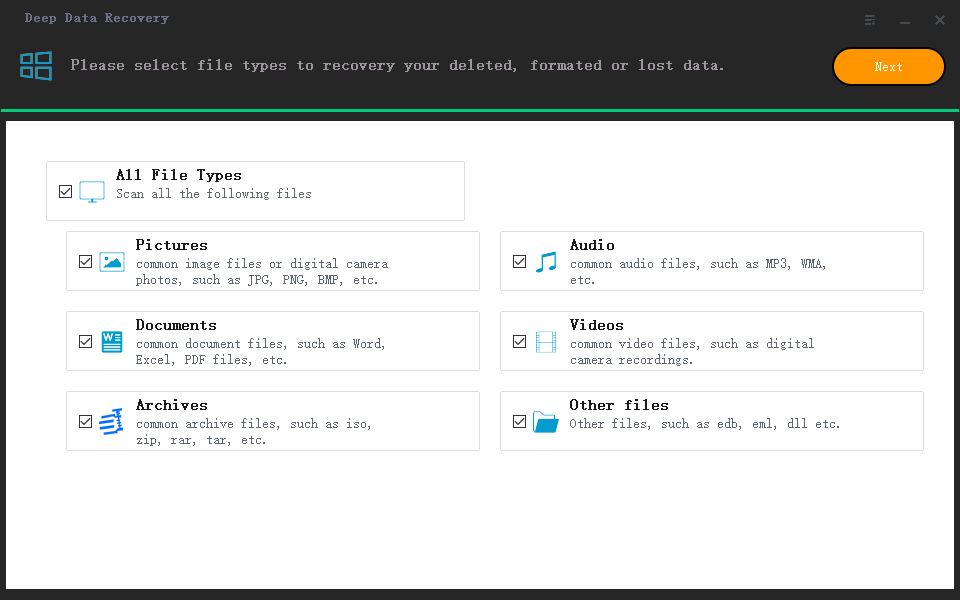
Step 2. Select your SD card. Then click "Scan" to start finding lost data on your SD card.
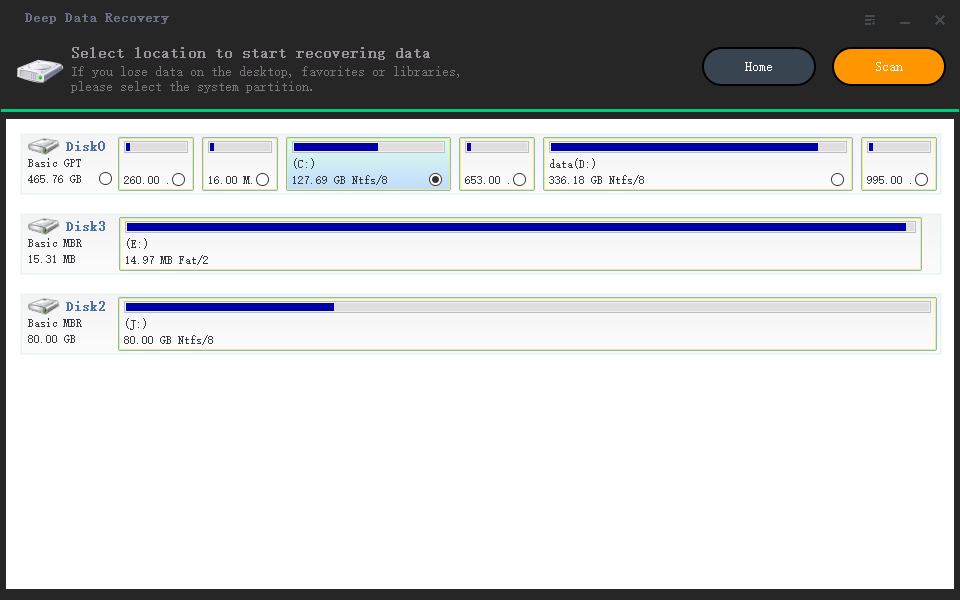
Step 3. Preview SD card data
You can use "Filter" or a search bar to find a specific type of file. Or you can sort lost files from the file folder listed on the left side of the program like "Deleted Files," "Other Lost Files," etc.
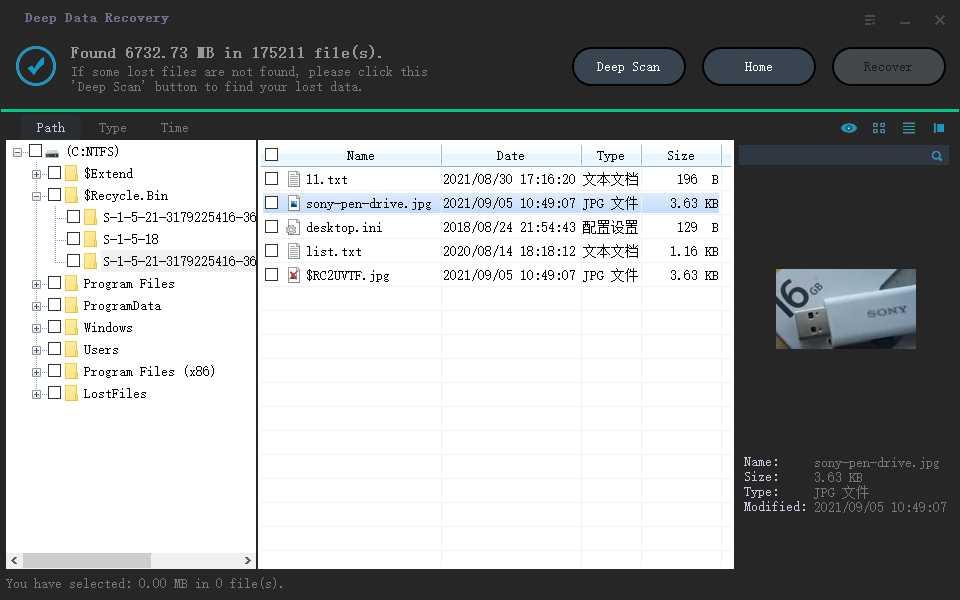
Step 4. Restore SD card data
Click "Recover" to save found SD card files to a secure location on your PC or external storage.
Case 4. SSD not showing up because of disk driver issues
Another possible situation is the SSD is detected but it is not displayed in "My Computer". This is because the disk drive is not installed correctly. So, you can try to reinstall the SSD driver to check if it can help to fix the issue.
Step 1: Right-click on "This PC", select "Manage". Under the System Tools section, click "Device Manager".
Step 2: Go to Disk drives. It should list the storage devices that you have connected to your PC.
Step 3: Right-click the SSD and choose "Uninstall device".
Step 4: Remove the SSD and restart your system. Try to connect the SSD again to check if Windows 10 detects the SSD as normal.
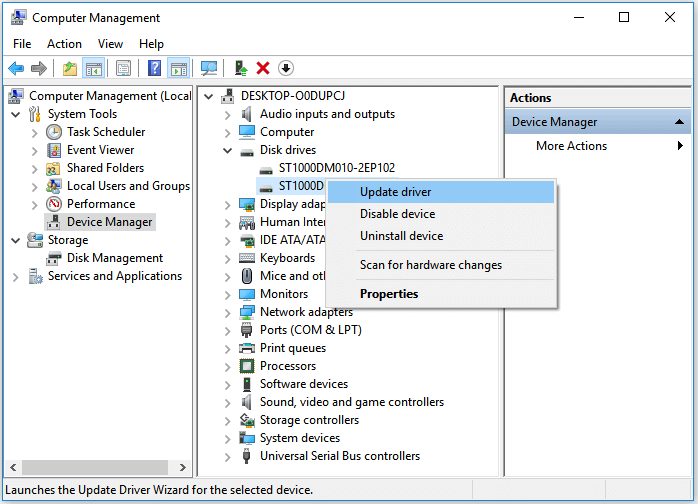
Conclusion & FAQs
SSD, plus every other form of storage media, are prone to mechanical failure and physical damage. We need to make further plans to safeguard data on the storage drive. Backup is always a wise choice. It's never too late to take action to save a copy of hard drive data to another safe location, like a backup drive, cloud, or network drive... To make a whole backup of your hard drive, Qiling Backup Free can do you a favour.
In conclusion, upon the topic of SSD not showing up in Windows 10, we analyzed four cases in total and showcased the corresponding fixes. During the middle and final repair process, we recommend three assistive tools.
1. Deep Data Recovery: to recover lost data from inaccessible and formatted hard drive/partition.
2. Qiling Partition Master: to assign a drive letter, initialize a disk, and format a hard drive.
3. Qiling Backup: to back up a hard drive/partition.
In the end, we selected some top asked questions that are related to the SSD not showing up problems in Windows. For example:
1. Why is my SSD not showing up?
Driver issues are one of the major reasons. Just like a hard drive, most times the SSD is detected but not showing up in My Computer because the disk driver is not installed properly. So, you can try to reinstall the SSD driver to check if it can help to fix the issue.
2. How do I get my new SSD to show up?
If you get a new SSD and it won't show up in the Windows Disk Management, it's likely in the uninitialized state. You must initialize a disk before the Logical Disk Manager can access it.
3. How do I fix SSD not detected in BIOS?
To make BIOS detect the SSD, you need to configure the SSD settings in BIOS as follows.
- Restart your computer, and press the F2 key after the first screen.
- Press the Enter key to enter Config.
- Select Serial ATA and press Enter.
- Then you'll see the SATA Controller Mode Option.
- Save your changes and restart your computer to enter BIOS.
Related Articles
- Fix Micro SD Card Not Detected in PC, Android Mobile Phone or 3DS
- Fix 'This Drive Is Read Only' on SD Card/USB/Hard Drive [5 Methods]
- External Hard Drive Keeps Freezing or Freezes Computer (3 Solutions)
- Repair and Recover Corrupted/Unreadable VHD or VHDX Files